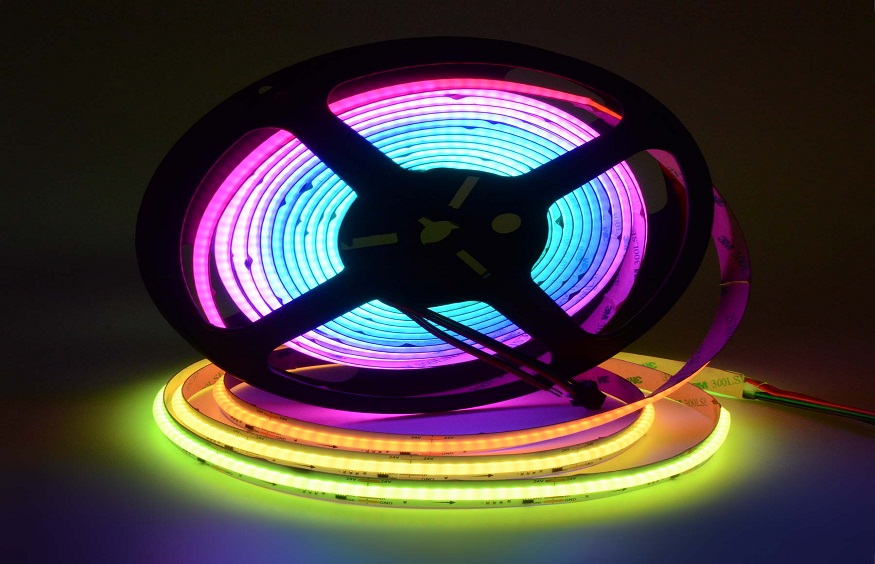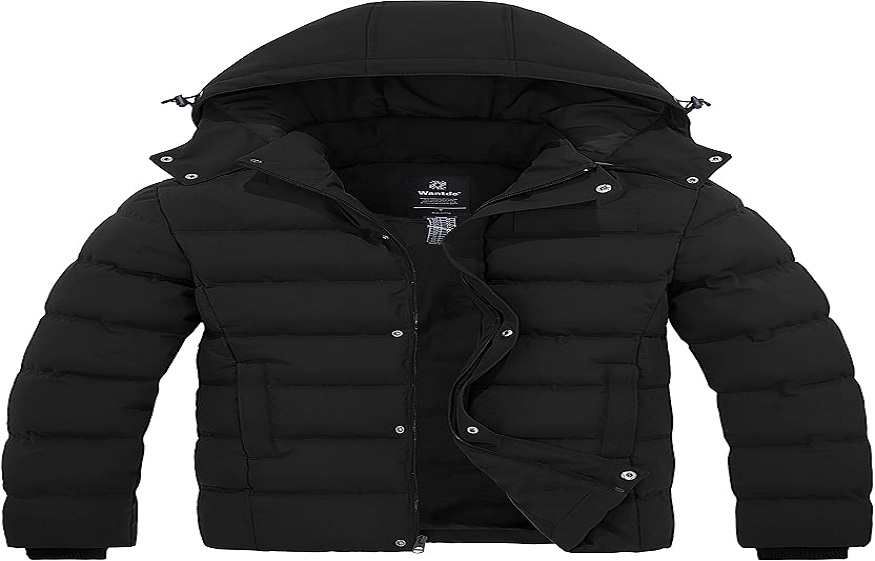Official Pickleball Rules in the US: A Comprehensive Guide
Pickleball is a rapidly growing sport that has gained immense popularity in the United States. As the sport continues to expand, it becomes essential for players, both new and experienced, to have a clear understanding of the official pickleball rules that govern the game. In this comprehensive guide, we will delve into the official pickleball rules in the United States, providing a detailed explanation of each rule, scoring system, court specifications, and essential guidelines for players and referees.
Read more: The Habits of Successful Shooters in Basketball
The Basics of Pickleball
Pickleball is a unique sport that combines elements of tennis, badminton, and table tennis. It is typically played on a rectangular court, with singles or doubles players using paddles to hit a perforated plastic ball over a net. The game is fast-paced, engaging, and can be enjoyed by people of all ages and skill levels.
Court Dimensions
The official pickleball court in the US is 44 feet long and 20 feet wide. It is divided into two equal halves by a net that extends 36 inches above the playing surface. The net is placed at the center of the court, and it stretches from one sideline to the other. On each side of the net, there is a non-volley zone, often referred to as the “kitchen.” This is an area that extends 7 feet from the net, and players are not allowed to volley the ball while standing in this zone.
Equipment
Paddles
Pickleball paddles are typically made of lightweight materials such as wood, composite, or graphite. They must have a smooth surface with no texturing. The dimensions of a pickleball paddle should not exceed 24 inches in length and 17 inches in width.
Ball
The official pickleball used in the United States is a plastic ball with 40 small holes. It comes in various colors, but the most common color used is bright yellow. The ball should have a diameter of 2.87 inches to 2.97 inches and weigh between 0.78 ounces and 0.935 ounces.
Serving
In pickleball, the serve is an integral part of the game. Here are the key rules related to serving:
- The serve must be made underhand.
- The server must stand behind the baseline when serving.
- The ball should be struck below the server’s waist.
- The server must serve diagonally to the opponent’s service court.
- The serve must clear the non-volley zone and land in the opponent’s service court.
Scoring
Pickleball uses a unique scoring system that can be a bit confusing for newcomers. The game is typically played to 11 points, but you must win by a margin of two points. Here’s how scoring works:
- The serving team can only score points.
- If the serving team wins a rally, they earn a point and continue to serve.
- If the receiving team wins a rally, they get the opportunity to serve and earn points.
The first server on each side starts on the right-hand side of the court. If the serving team wins the rally, the first server will switch to the left-hand side, and so on.
Double Bounce Rule
One of the fundamental rules in pickleball is the double bounce rule. This rule states that each team must allow the ball to bounce once on each side before volleys (hitting the ball in the air) are allowed. The double bounce rule encourages strategy and placement over aggressive net play.
Faults
Several actions can result in a fault, causing the opposing team to earn a point. Some common faults include:
- Serving the ball into the wrong service court.
- Not clearing the non-volley zone during the serve.
- Volleying the ball from within the non-volley zone.
- Stepping on or over the non-volley zone line while hitting the ball.
- Hitting the ball out of bounds.
- Failing to serve the ball within the correct diagonal.
- Serving the ball before the referee’s signal.
Player Conduct
Sportsmanship is highly valued in pickleball. Players are expected to adhere to a code of conduct that promotes fair play and respect for opponents and referees. Unsportsmanlike conduct, such as arguing with the referee or opponents, can result in penalties, including the loss of points or disqualification from a game.
Referee’s Role
In official pickleball matches, referees play a crucial role in ensuring fair play and enforcing the rules. They are responsible for making line calls, determining faults, and maintaining order on the court. Players are expected to respect the decisions made by the referees and maintain good sportsmanship.
Conclusion
Pickleball is an exciting and enjoyable sport that is easy to learn and play. Understanding the official pickleball rules in the United States is essential for both beginners and experienced players. These rules govern every aspect of the game, from court dimensions to equipment specifications, serving, scoring, and player conduct. By following these rules and practicing good sportsmanship, players can fully enjoy the unique and engaging experience that pickleball offers. Whether you’re playing for fun or competing in official tournaments, knowing the rules is the first step to becoming a skilled pickleball playe











